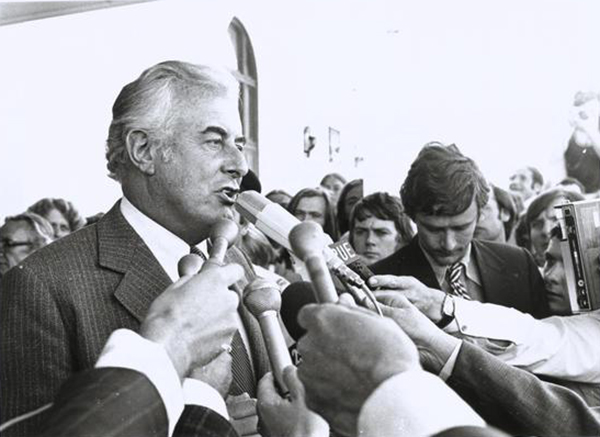Could the dismissal occur again or have changes been made to stop the government being sacked by an unelected executive?
The event often referred to as ‘The Dismissal’ occurred on 11 November 1975 when the Governor-General, Sir John Kerr, used his reserve powers to dismiss the government led by Prime Minister Gough Whitlam.
As the monarch’s representative in Australia, the Governor-General has 2 types of power: executive power and reserve powers. The Governor-General regularly uses their executive powers but rarely exercises their reserve powers.
The Australian Constitution gives the Governor-General executive powers but their reserve powers are not included in the Constitution. They come from convention – tradition. This means the exact nature and scope of these powers is argued about.
There has been no change to the Constitution concerning the Governor-General’s powers since The Dismissal. If a similar situation was to occur, it would still be possible for a prime minister and government to be dismissed from office by the Governor-General.

Mr Whitlam speaks on the steps of Old Parliament House, Canberra, after his dismissal
Australian Information Service, National Library of Australia, an 24355082
Mr Whitlam speaks on the steps of Old Parliament House, Canberra, after his dismissal

Australian Information Service, National Library of Australia, an 24355082
Description
On 11 November 1975, Governor-General Sir John Kerr dismissed Prime Minister Gough Whitlam. The image shows Gough Whitlam moments after the dismissal on the steps of Old Parliament House in Canberra. He is addressing the crowd of media and the public, speaking into at least 6 microphones being held up to his mouth.
You may save or print this image for research and study. If you wish to use it for any other purposes, you must declare your Intention to Publish.